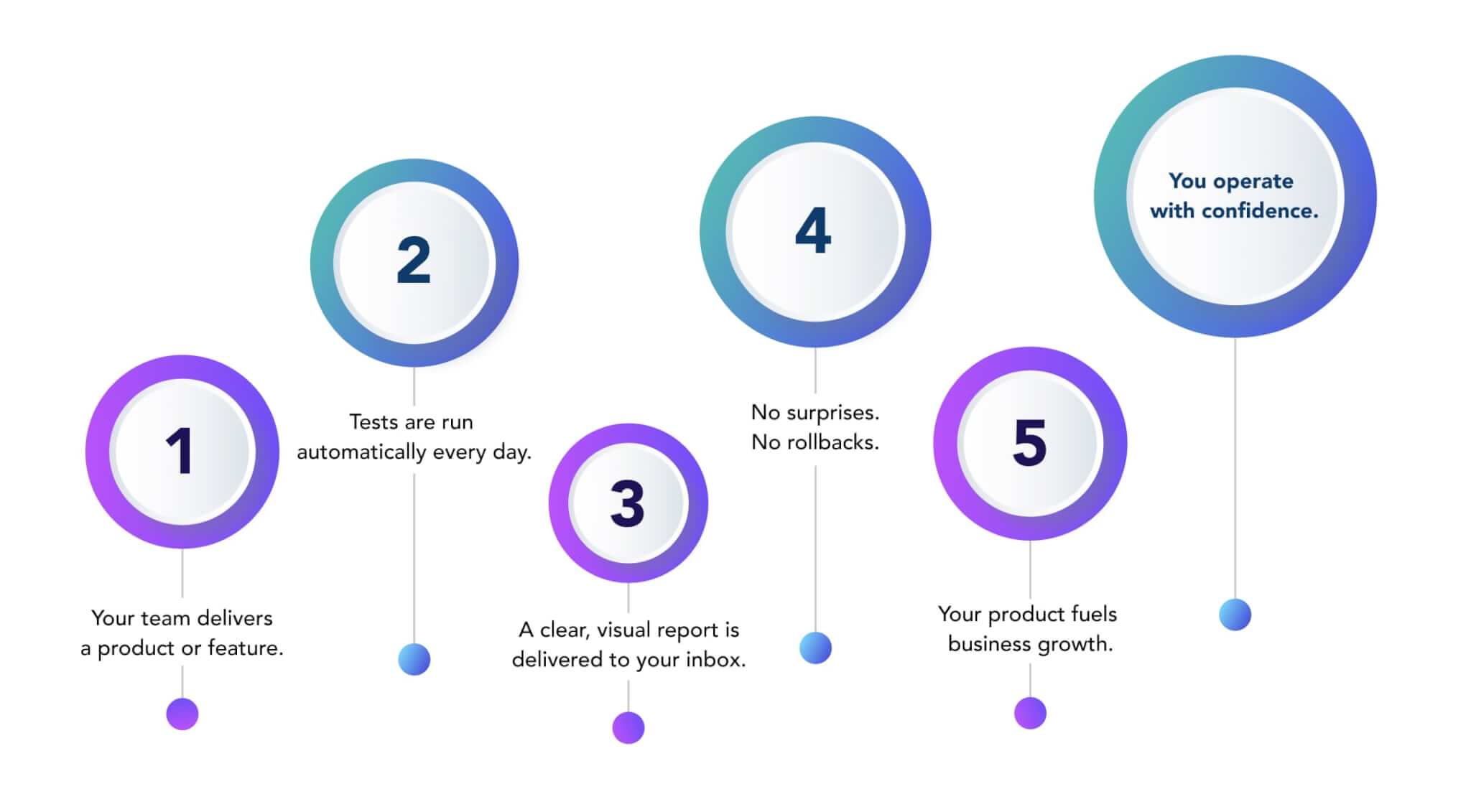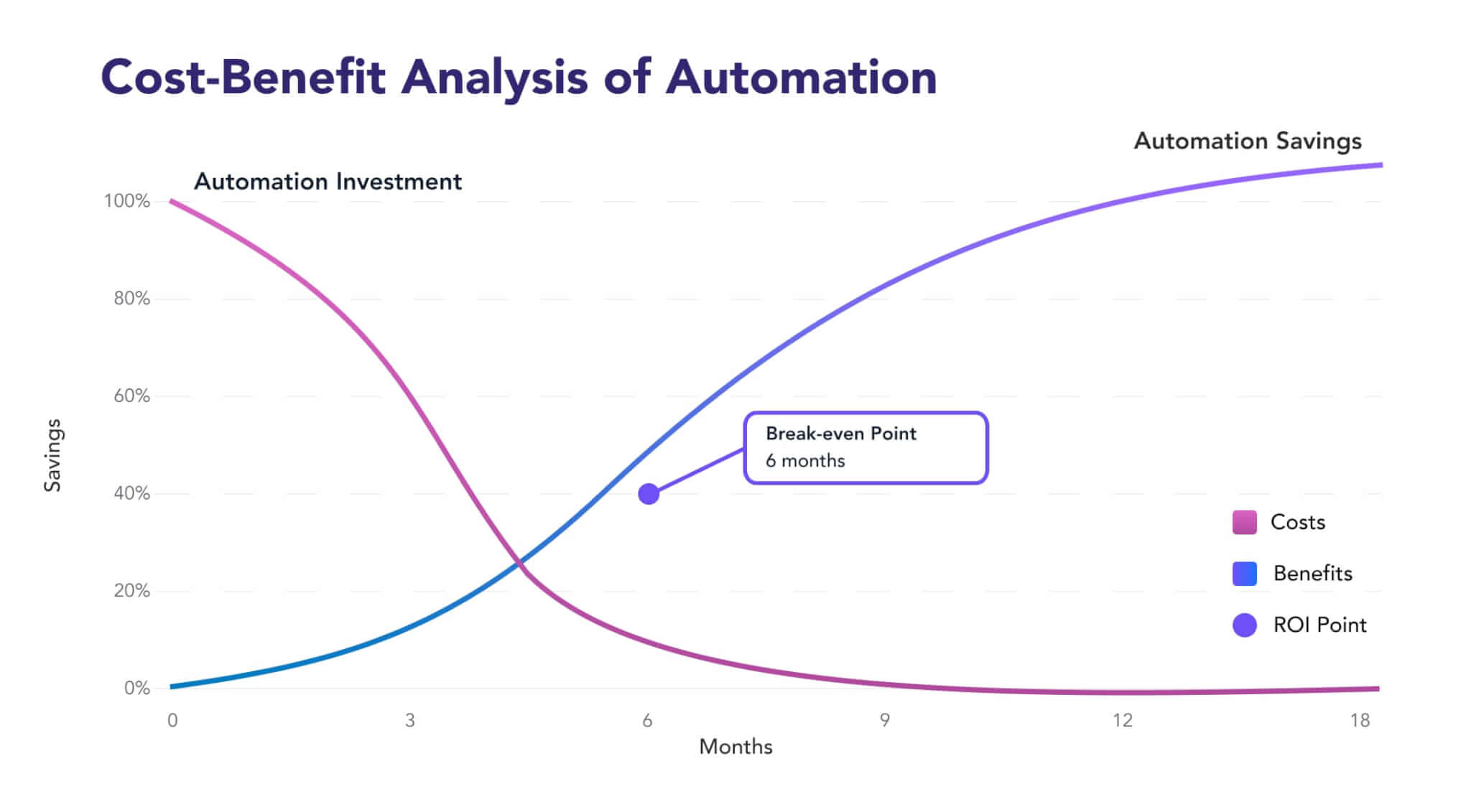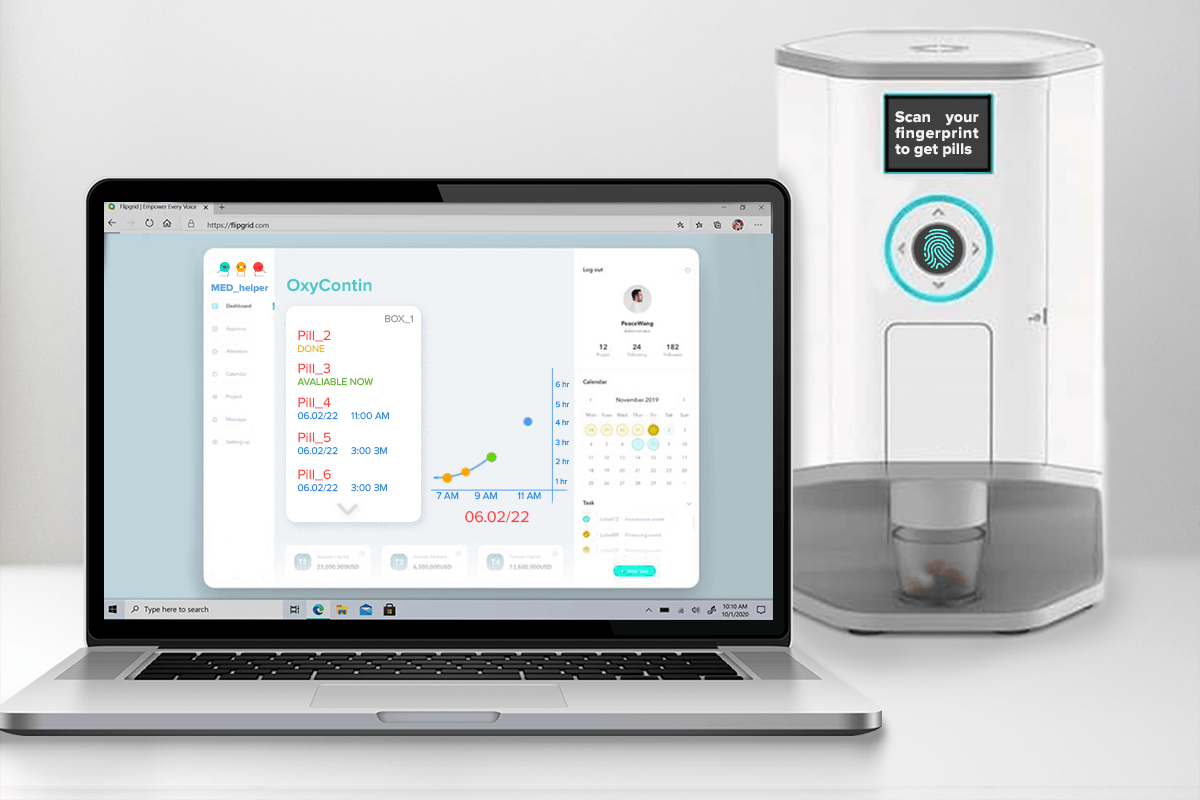Softengi’s Approach to Automation Testing
Automation testing introduces predictability into software development. It serves as a strategic investment that reduces risk, accelerates release cycles, and provides greater control over development costs.

Automation testing can be introduced at any stage of a project, enabling QA teams to focus on strategic, high-impact initiatives. It expedites rapid execution, accelerated release cycles, and timely feedback to development teams. Automation mitigates the risk of human error in repetitive tasks, as each test follows standardized procedures that facilitate validation and quality standards.
How automated testing works
Automated testing shifts QA from a reactive function to a proactive, value-driven practice. It helps identify issues early, streamline testing workflows, and enhance overall product quality while supporting faster and more predictable release cycles. Softengi implements automated testing in both ongoing projects and those developed from scratch.
We don’t limit automation to technical validations. Our focus is on business-critical scenarios such as payment flows, calculations, user onboarding, and multi-step workflows. This ensures that automation not only validates code but also guarantees that your system delivers the expected business outcomes.
1. Project analysis
We begin with a deep dive into your product to identify areas where automation can solve bottlenecks and deliver the fastest ROI.
2. Tool and scenario alignment
The next step is matching the right tools and scenarios to your product, ensuring smooth, reliable testing that is fully aligned with your tech stack and goals.
3. Test implementation
Our QA engineers build a scalable, maintainable test suite that validates not just the functionality, but also the core business logic of your product. So every release meets both technical and business expectations.
4. CI/CD or scheduled integration
We integrate automated tests directly into your CI/CD pipeline, or schedule them as needed. This way, every code change is immediately validated, giving your team real-time feedback and preventing costly bugs from reaching production.
5. Ongoing reporting and maintenance
As your product evolves, we continuously update the test suite to keep it accurate, relevant, and aligned to your long-term roadmap.
Automation testing deliverables

Automation testing ensures clear and measurable outcomes. Before automation, manual testing often required long execution times, carried a higher risk of human error, and generated elevated costs. After implementing automated testing, results are delivered rapidly with high accuracy, providing consistent validation across all test cases. Organizations typically achieve a return on investment ranging from 30% to 50%.
| Deliverable | Description |
| Automation Framework | A test platform (e.g., Java + Selenium, TS + Playwright) customized for project requirements and ready for immediate use. |
| Test Coverage Catalog | A documented list of all automated scenarios by module and priority. |
| CI/CD Integration | Test suite runs automatically with each build or on a defined schedule. |
| Reporting Dashboard | Visual dashboards with test results, trends, and execution details. |
| Environment Setup | Configured test environments and test data handling strategy. |
| Maintenance Guide | Clear instructions for extending and updating the test suite. |
Proven ROI From Real Projects:
- TravelTech web app – 67% less regression time, $83,450 saved in 6 months.
- Industrial Software #1 – 70% less regression time, $40,700 saved in 3 months.
- Industrial Software #2 – 80% less regression time, $31,200 saved in 2 months.
On average, clients achieve full ROI within 6 months, after which automation delivers continuous cost savings.
Softengi deploys AI assistants for QA
Softengi does not replace testers with AI. Instead, we empower our QA teams to work more efficiently with AI, focusing on business value. This approach delivers a new level of quality without increasing the project budget.
Softengi ensures that AI actions are clearly defined and human experts constantly review results to maintain product safety and avoid common AI errors. Key architectural decisions and critical validations continue to rely on human expertise, combining the strengths of both QA professionals and AI for reliable and high-quality software delivery.
We integrate test automation seamlessly into all major CI/CD pipelines (Jenkins, GitLab, Azure DevOps) and design test-friendly architecture (e.g., data-testid attributes for UI). AI assists by detecting flaky tests, duplicate coverage, and performance bottlenecks, ensuring that automation remains stable, scalable, and production-ready.
AI Assistant Advantages
Automation scales with a product, while AI contributes speed, prioritization, and predictive insights

AI-Powered Test Design
AI drafts test cases and checklists, covering routine tasks so your QA team can focus on higher-level validation.
Smart Test Automation
AI assists in writing automation scripts without touching your project’s codebase, accelerating test creation and reducing manual effort.
Optimizing QA Operations
QA specialists validate results, generate ideas, and guide AI with prompts, ensuring that quality and accuracy remain in human hands.
Expected Results & Timelines:
- 2–3 weeks – first smoke tests for critical scenarios.
- 1–2 months – coverage of main business workflows.
- ~6 months – measurable ROI and up to 40% QA cost savings.
Key KPIs:
- 60% reduction in regression time.
- 80% fewer human errors.
- 3x scalability of QA capacity.
Perks of using software testing and quality assurance
Software testing and quality assurance are key components of the development processes.
1. UX/UI refinement
User experience and interaction are central components in every user-oriented solution. Software should be simple, straightforward, and easy to use, which can be achieved only through consistent testing.
High-quality UI/UX is a crucial factor in demonstrating how a company runs its business. Successful software meets clients’ needs and preferences. To achieve this, a testing team strives to ensure the convenience, usability, and logical flow of information within software application development.
2. Business optimization
The main benefit of software testing is ensuring compliance with industry standards applied during the development cycle and of the delivered product, resulting in better product quality and thereby enhancing the company’s image. A well-developed software contributes to business optimization by satisfying clients and generating their retention. In addition, cost reduction in error corrections and customer services is another major advantage.

In the era of digital transformation, providing the latest high-quality software testing solutions is a significant challenge. By identifying errors, bugs, or missing requirements, testing, as an essential development process, helps make the software more functional, secure, and user-friendly. With the help of cutting-edge technologies and innovations, quality assurance impacts the entire software development life cycle.
3. Faster time-to-market
Implementing comprehensive software testing and quality assurance processes enables organizations to detect and address defects early in the development lifecycle. By identifying potential issues before they escalate, teams can reduce delays associated with rework, ensuring that projects remain on schedule. This proactive approach allows businesses to release products more quickly, respond to market demands, and maintain a competitive edge.
Early and continuous testing also supports agile and iterative development methodologies, allowing teams to validate features and functionality incrementally. This means that high-quality software can be delivered faster without compromising reliability or user experience.
4. Cost efficiency
Effective QA and testing processes help organizations minimize the financial impact of software defects. By detecting issues during the development phase rather than post-release, businesses avoid costly emergency fixes, customer support interventions, and potential revenue losses.

Optimizing testing workflows through automation and risk-based strategies further drives cost savings. Teams can prioritize high-impact areas, streamline repetitive tasks, and allocate resources more strategically, resulting in a lower total cost of ownership for software development projects.
5. Continuous improvement
A robust QA strategy facilitates ongoing refinement of software and development processes. Analyzing testing results and patterns allows teams to identify recurring issues, implement process enhancements, and prevent similar defects in future iterations. This creates a feedback loop that drives consistent quality improvements across projects.
Continuous improvement enhances team performance and collaboration. Insights from testing outcomes help organizations strengthen communication, optimize workflows, and adopt best practices to deliver more reliable, efficient, and innovative solutions.
Latest trends in QA and testing
As a software development company, we widely apply the newest testing trends in our work:
Agile testing and quality assurance
As part of the Agile development methodology, continuous testing is an integral component of achieving project outcomes, with testing performed iteratively and as early as possible following the completion of the coding phase. The approach is tailored to the specific needs of each project, using exploratory testing, behavior-driven development (BDD), and acceptance-driven testing methodologies, while close collaboration and disciplined adherence to user stories ensure that the final deliverables meet requirements and exceed client expectations.
AI and ML testing
The primary objective is to optimize the testing process by effectively managing incoming and input data, while incorporating predictive analysis to anticipate and mitigate risks. By identifying patterns, we can systematically transition manual testing into automated processes aligned with defined scenarios. This approach enhances efficiency, reduces costs, and accelerates overall testing timelines.
Big Data testing and IoT
The growth of IoT introduces increasing complexity that quality assurance must address, resulting in a corresponding rise in workload and testing challenges. Similarly, the expansion of Big Data driven by IoT exacerbates the complexity of data testing due to larger volumes and more intricate datasets. Adopting and adapting QA and testing strategies is essential to effectively manage these challenges, ensuring thorough testing while maintaining efficiency and quality.
Performance engineering testing
To address testing challenges effectively, it is essential to re-evaluate the testing process and implement testing as early as possible, shifting QA activities to the beginning of the development cycle rather than performing them post-development. This approach improves time efficiency, enables early identification and resolution of issues, and accelerates software release timelines, while the integration of processes and strong, high-performance team collaboration throughout the development lifecycle ensures consistent quality and effectiveness.
AI-enhanced software testing agents
The field of QA testing is increasingly leveraging AI-driven innovations to improve efficiency, accuracy, and reliability. Key trends include self-healing tests that automatically adapt to changes in the system, AI-based defect prediction to identify potential issues before they occur, automated test case generation to accelerate release cycles, and intelligent testing agents that simulate complex user interactions. These technologies enable faster, more precise testing processes, reducing risks and ensuring high-quality software delivery.
As a software development and testing company, Softengi helps clients maintain high-quality standards by delivering the most advanced and up-to-date software testing services.











